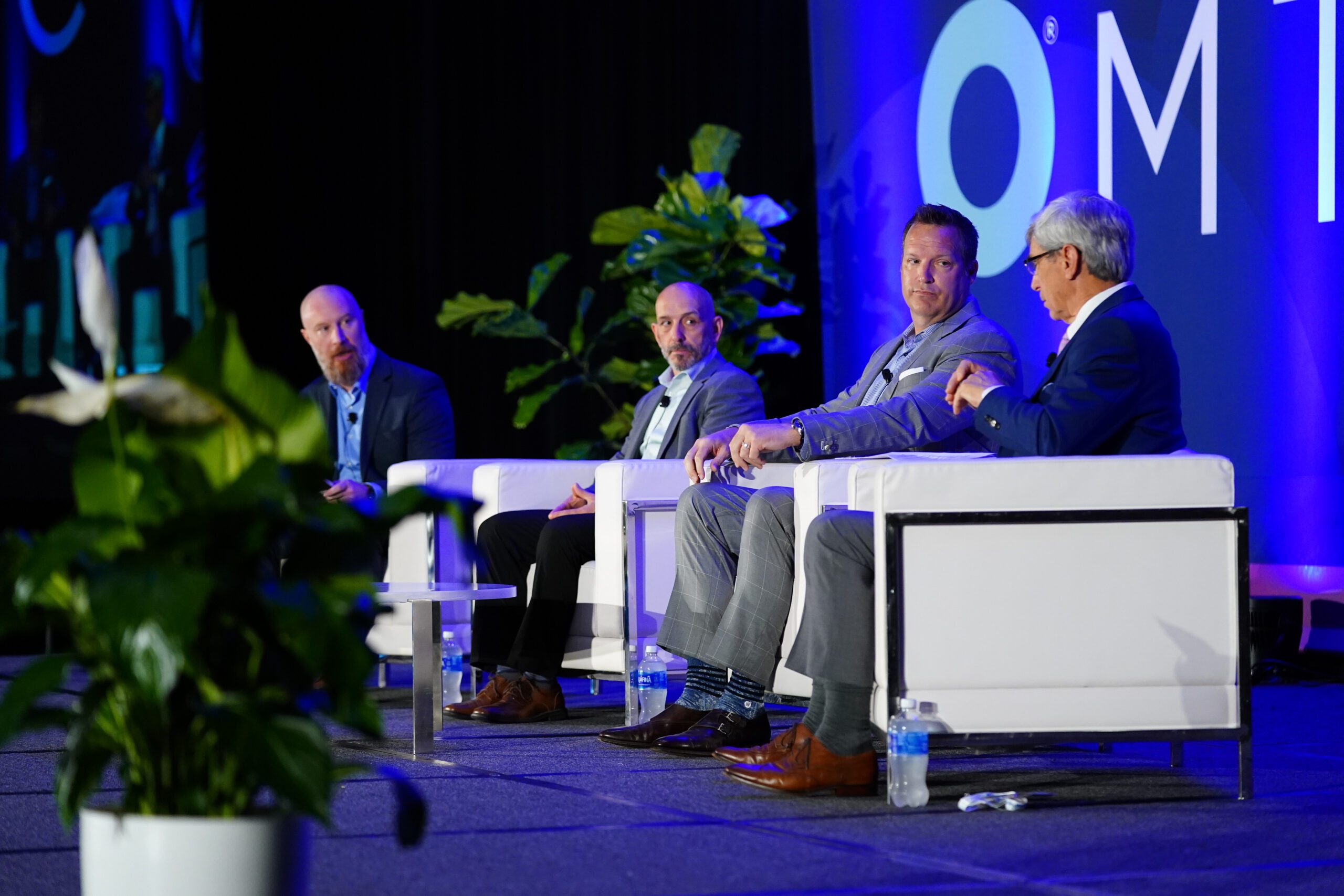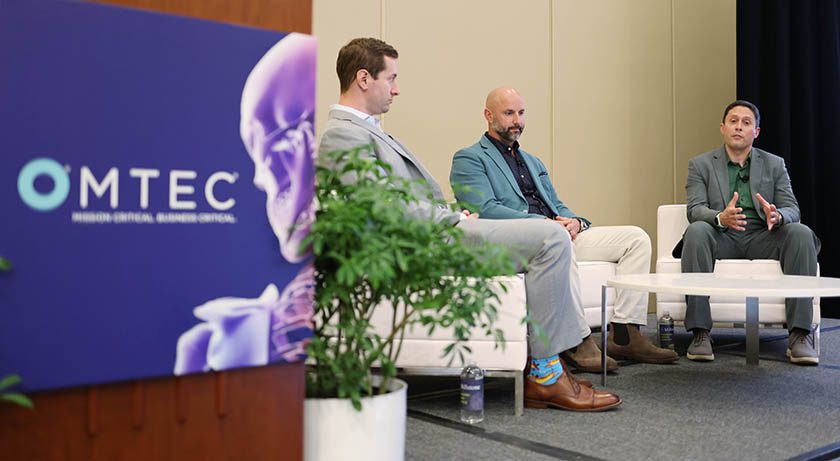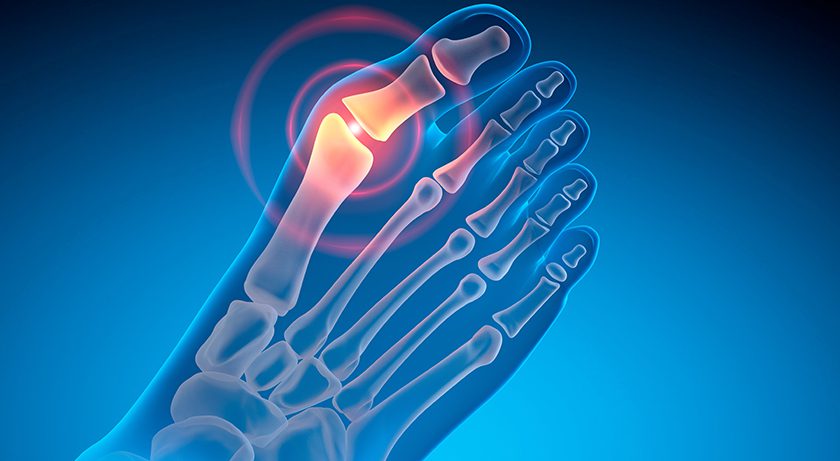

 Copy to clipboard
Copy to clipboard 
The orthopedic market overperformed its historical growth rate once again in the third quarter of 2024. While the market has normalized compared to its red-hot 2023, emerging tailwinds could keep the overall industry growth rate elevated compared to its historical averages.
Below are selected comments from leaders of the top public orthopedic companies as they reported performance and earnings for the third quarter.
The New Normal?
It can be hard to parse what’s going on with the orthopedic market right now. There are areas of significant strength, but also areas of choppiness. In aggregate, we see the market performing above its historical trends so far in 2024.
Kevin Lobo, Stryker CEO
I don’t know how many quarters it takes for you to start to believe that it’s going to be a good market. This has been going on for some time now. We’ve called the market up more than a year ago. We said that we expected this to be an elevated market just based on looking at surgery schedules and the level of activity and the aging demographics and the great outcomes from these procedures. Of course, no one has a crystal ball. We can’t predict exactly how the market will evolve. But all signs and signals are pointing to this being kind of like a new normal.
Matt Trerotola, Enovis CEO
Outside the U.S., the recon markets have normalized through Q3 into Q4. They were very strong in the first two quarters of the year, and then there’s been more normalization and that’s continuing here. That’s part of what has affected our trajectory through the year. I think the U.S. markets this year have been fine, but they certainly haven’t been great.
Pat Beyer, CONMED COO
We have captured [the impact from IV fluid shortages] in our guidance. We’ve assumed a status quo from October for the quarter. We don’t pretend to project if it’s going to get worse or better. So we’ve assumed that what we’ve seen already in the quarter is what we’re dealing with. That is just factual that hospitals have already started allocating and deferring to make sure that they have the products they need for the patients who need them the most.
The Realities of Volume-Based Procurement
Sports medicine is the latest orthopedic segment to undergo nationalized volume-based procurement in China. However, the segment happens to be impacted at the same time the country is undergoing a massive anti-corruption campaign, greatly amplifying the market disruption. Smith+Nephew is also facing the reality that VBP in China is designed to shift market share to domestic companies.
Tim Schmid, J&J EVP, MedTech
The ongoing impact of volume-based procurement has also been exacerbated by the anti-corruption campaign. And by the way, while we believe this is absolutely the right thing to do and we support it for the long term, it is impacting procedures and the engagement by healthcare professionals with companies like ours, especially on premium products. We do believe that this will be a headwind through the remainder of ’24 and into ’25.
Deepak Nath, Smith+Nephew CEO
On the sports side, what we had assumed was with the implementation of VBP that there was going to be growth in the market that would translate into higher volumes for us. We didn’t see that across the market, and we didn’t see the volume uplifts in terms of demand for our products. As we go into 2025, the current outlook assumes that we won’t see that as we go into 2025. In other words, in joint repair, we’ll see the impact of price, but not the increased demand for our products. There’s an uptake of local products.
Focus on Footprint
While orthopedic enabling technologies are rapidly evolving, they’ll need to compel greater adoption to truly accelerate the market’s growth rate. Several companies are focused on creating a streamlined footprint for robotics to minimize disruption.
Patrick Miles, ATEC CEO
I love when you don’t have to back a bus up to an OR to bring in a tool that ultimately guides your screws. We don’t have to do that with Valence [robotic navigation]. It’s a meaningfully small footprint in the operating room. I see the opportunity that it presents, because it is not a huge cost of goods, comparatively speaking, not a big footprint — comparatively speaking. It just provides us flexibility in terms of how we get these things into the hospitals.
Ivan Tornos, Zimmer Biomet CEO
A segment of customers see that the footprint is important in robotics, primarily in ASCs. TMINI does give us that optionality. There is a segment of customers who prefer CT scanning capabilities when they do robotic cases, and TMINI give us that opportunity. The partnership is giving us that optionality. The data so far suggests that this is a meaningful opportunity.
Massimo Calafiore, Orthofix Medical CEO
7D has been created from the beginning to be used in open surgery. Remember, open surgery represents 80% of the core market, but we are also making a lot of progress on developing our MIS solution, which is giving us the opportunity to create a footprint in the ASC. So, from the market penetration perspective, you see the demand keeps increasing because the way our 7D can be utilized keeps increasing.
The orthopedic market overperformed its historical growth rate once again in the third quarter of 2024. While the market has normalized compared to its red-hot 2023, emerging tailwinds could keep the overall industry growth rate elevated compared to its historical averages.
Below are selected comments from leaders of the top public...
The orthopedic market overperformed its historical growth rate once again in the third quarter of 2024. While the market has normalized compared to its red-hot 2023, emerging tailwinds could keep the overall industry growth rate elevated compared to its historical averages.
Below are selected comments from leaders of the top public orthopedic companies as they reported performance and earnings for the third quarter.
The New Normal?
It can be hard to parse what’s going on with the orthopedic market right now. There are areas of significant strength, but also areas of choppiness. In aggregate, we see the market performing above its historical trends so far in 2024.
Kevin Lobo, Stryker CEO
I don’t know how many quarters it takes for you to start to believe that it’s going to be a good market. This has been going on for some time now. We’ve called the market up more than a year ago. We said that we expected this to be an elevated market just based on looking at surgery schedules and the level of activity and the aging demographics and the great outcomes from these procedures. Of course, no one has a crystal ball. We can’t predict exactly how the market will evolve. But all signs and signals are pointing to this being kind of like a new normal.
Matt Trerotola, Enovis CEO
Outside the U.S., the recon markets have normalized through Q3 into Q4. They were very strong in the first two quarters of the year, and then there’s been more normalization and that’s continuing here. That’s part of what has affected our trajectory through the year. I think the U.S. markets this year have been fine, but they certainly haven’t been great.
Pat Beyer, CONMED COO
We have captured [the impact from IV fluid shortages] in our guidance. We’ve assumed a status quo from October for the quarter. We don’t pretend to project if it’s going to get worse or better. So we’ve assumed that what we’ve seen already in the quarter is what we’re dealing with. That is just factual that hospitals have already started allocating and deferring to make sure that they have the products they need for the patients who need them the most.
The Realities of Volume-Based Procurement
Sports medicine is the latest orthopedic segment to undergo nationalized volume-based procurement in China. However, the segment happens to be impacted at the same time the country is undergoing a massive anti-corruption campaign, greatly amplifying the market disruption. Smith+Nephew is also facing the reality that VBP in China is designed to shift market share to domestic companies.
Tim Schmid, J&J EVP, MedTech
The ongoing impact of volume-based procurement has also been exacerbated by the anti-corruption campaign. And by the way, while we believe this is absolutely the right thing to do and we support it for the long term, it is impacting procedures and the engagement by healthcare professionals with companies like ours, especially on premium products. We do believe that this will be a headwind through the remainder of ’24 and into ’25.
Deepak Nath, Smith+Nephew CEO
On the sports side, what we had assumed was with the implementation of VBP that there was going to be growth in the market that would translate into higher volumes for us. We didn’t see that across the market, and we didn’t see the volume uplifts in terms of demand for our products. As we go into 2025, the current outlook assumes that we won’t see that as we go into 2025. In other words, in joint repair, we’ll see the impact of price, but not the increased demand for our products. There’s an uptake of local products.
Focus on Footprint
While orthopedic enabling technologies are rapidly evolving, they’ll need to compel greater adoption to truly accelerate the market’s growth rate. Several companies are focused on creating a streamlined footprint for robotics to minimize disruption.
Patrick Miles, ATEC CEO
I love when you don’t have to back a bus up to an OR to bring in a tool that ultimately guides your screws. We don’t have to do that with Valence [robotic navigation]. It’s a meaningfully small footprint in the operating room. I see the opportunity that it presents, because it is not a huge cost of goods, comparatively speaking, not a big footprint — comparatively speaking. It just provides us flexibility in terms of how we get these things into the hospitals.
Ivan Tornos, Zimmer Biomet CEO
A segment of customers see that the footprint is important in robotics, primarily in ASCs. TMINI does give us that optionality. There is a segment of customers who prefer CT scanning capabilities when they do robotic cases, and TMINI give us that opportunity. The partnership is giving us that optionality. The data so far suggests that this is a meaningful opportunity.
Massimo Calafiore, Orthofix Medical CEO
7D has been created from the beginning to be used in open surgery. Remember, open surgery represents 80% of the core market, but we are also making a lot of progress on developing our MIS solution, which is giving us the opportunity to create a footprint in the ASC. So, from the market penetration perspective, you see the demand keeps increasing because the way our 7D can be utilized keeps increasing.

You are out of free articles for this month
Subscribe as a Guest for $0 and unlock a total of 5 articles per month.
You are out of five articles for this month
Subscribe as an Executive Member for access to unlimited articles, THE ORTHOPAEDIC INDUSTRY ANNUAL REPORT and more.
ME
Mike Evers is a Senior Market Analyst and writer with over 15 years of experience in the medical industry, spanning cardiac rhythm management, ER coding and billing, and orthopedics. He joined ORTHOWORLD in 2018, where he provides market analysis and editorial coverage.







